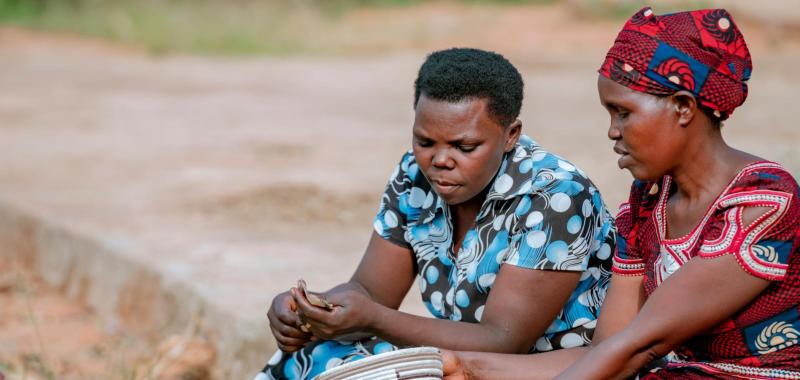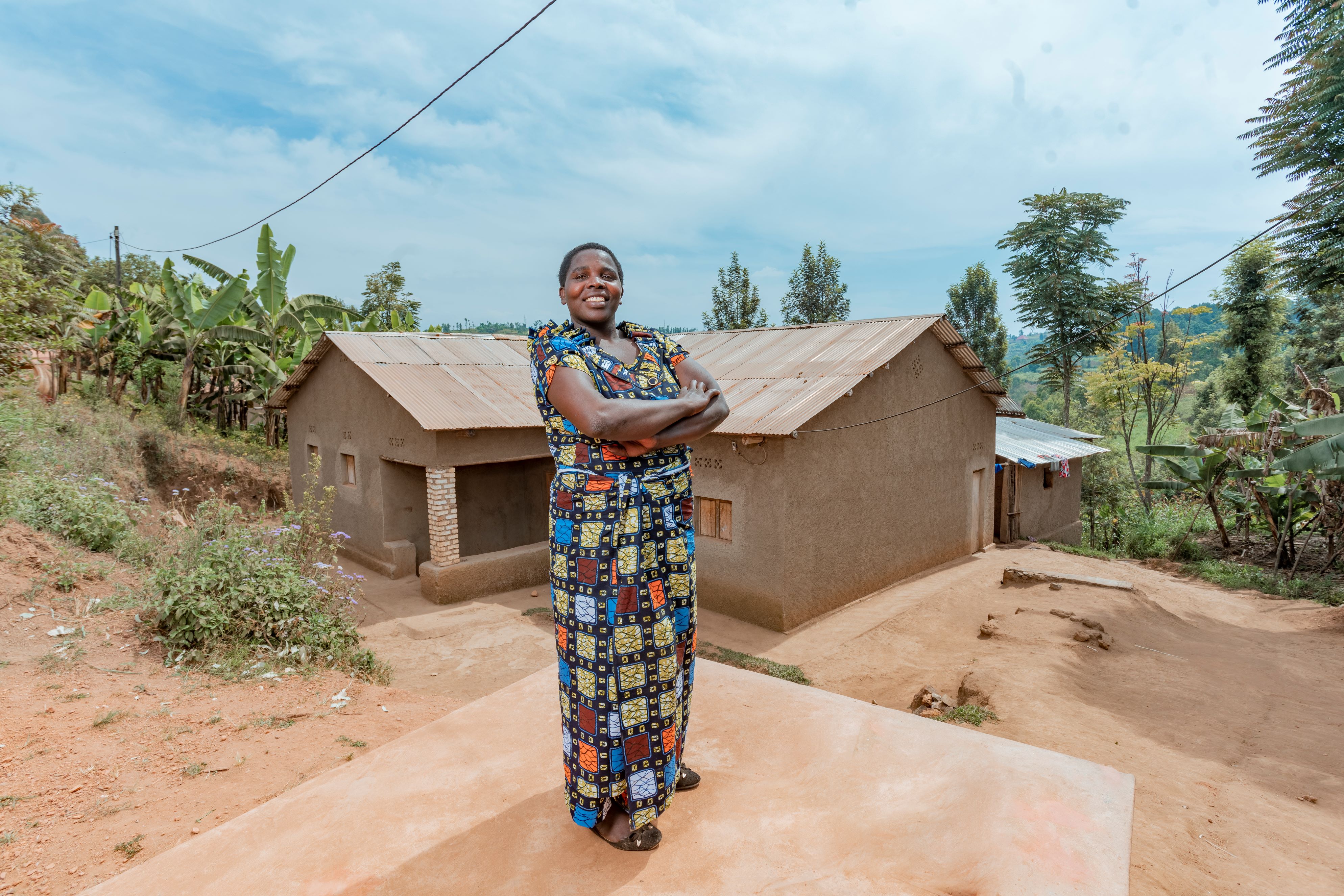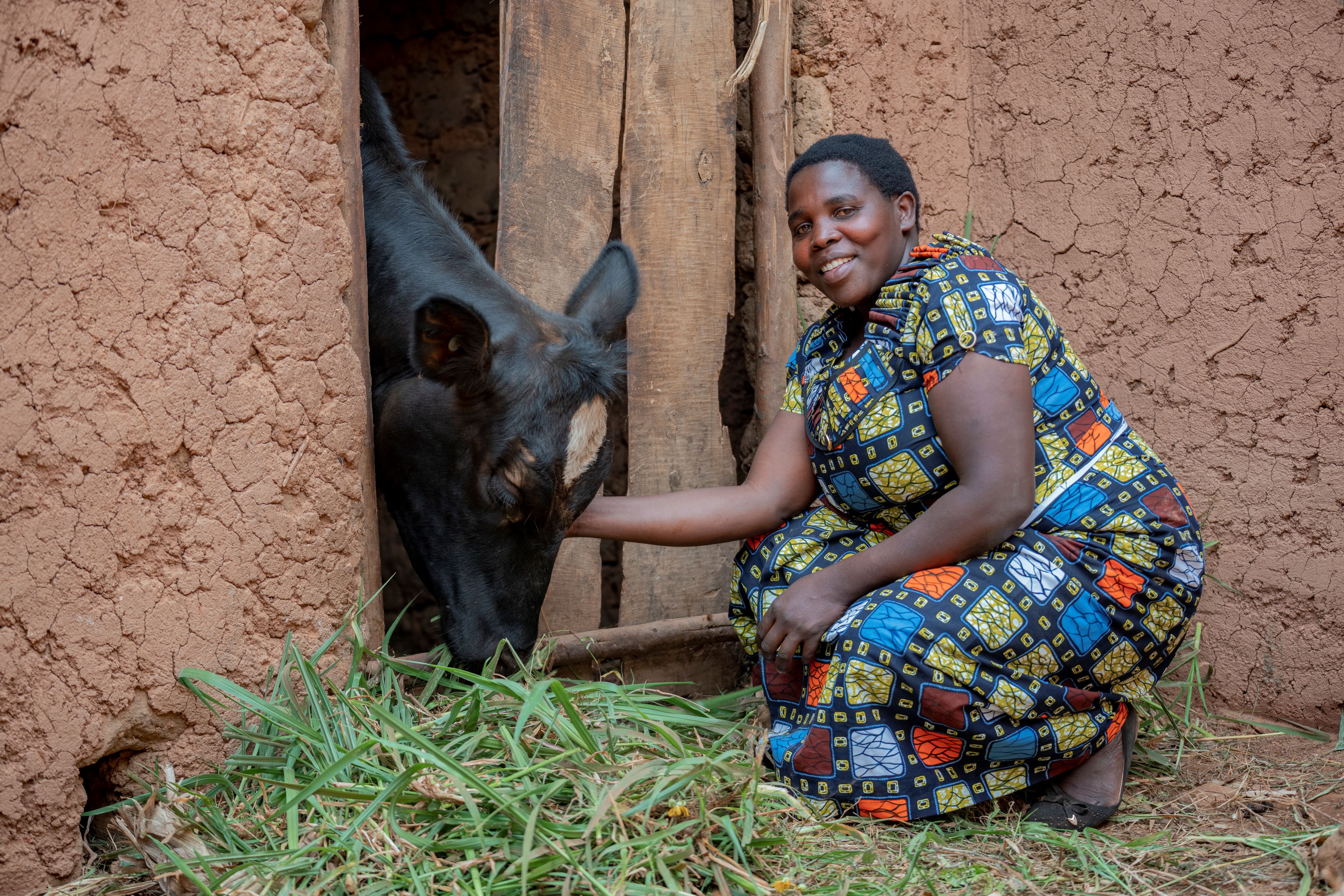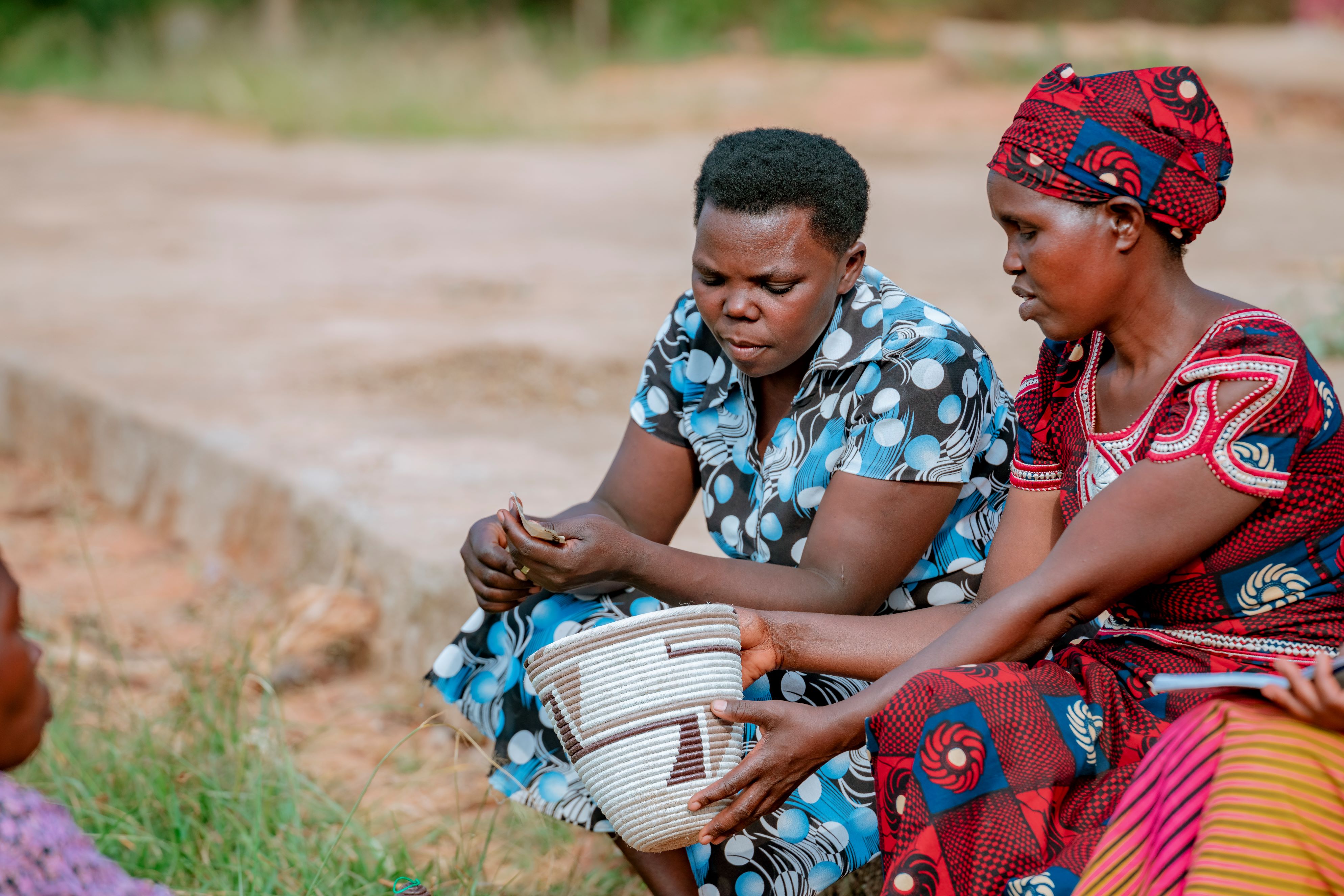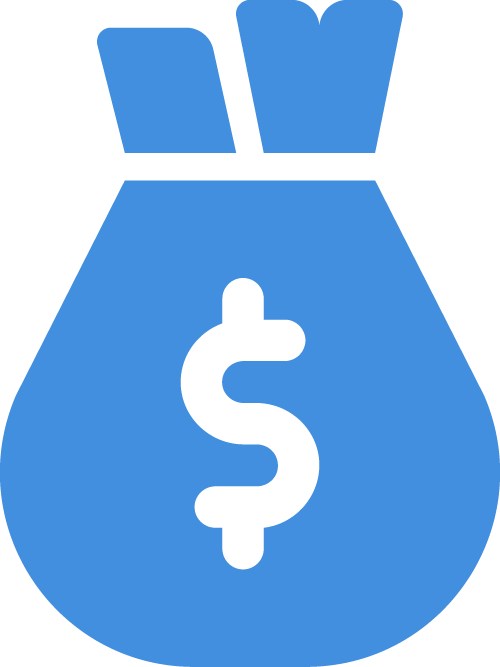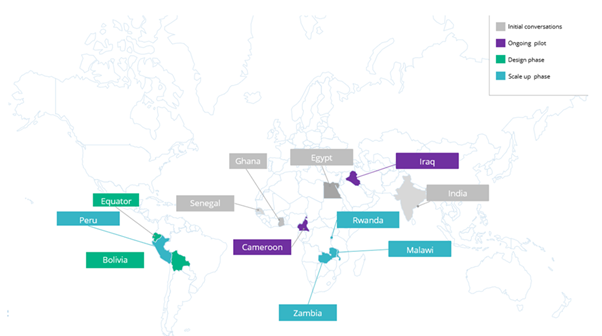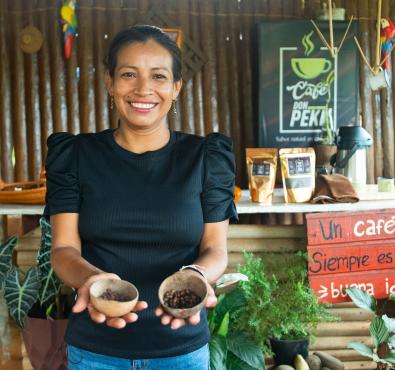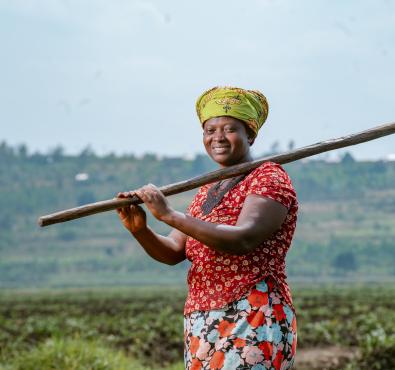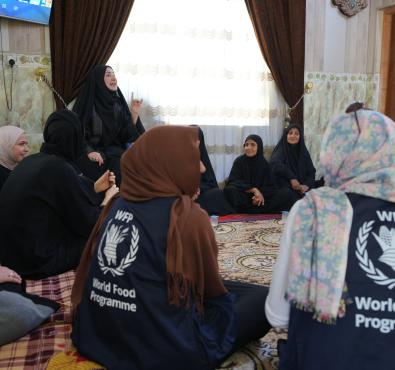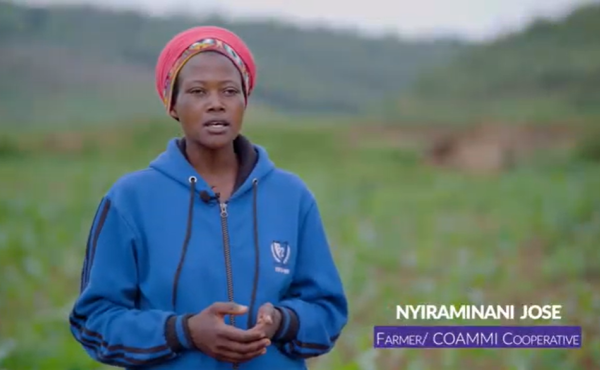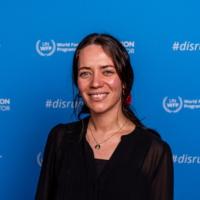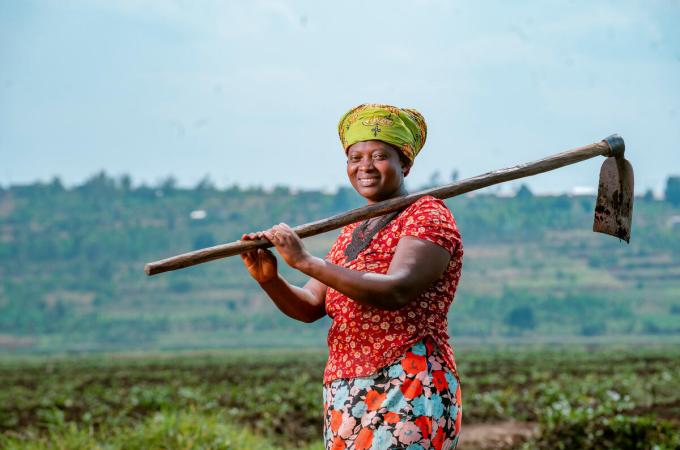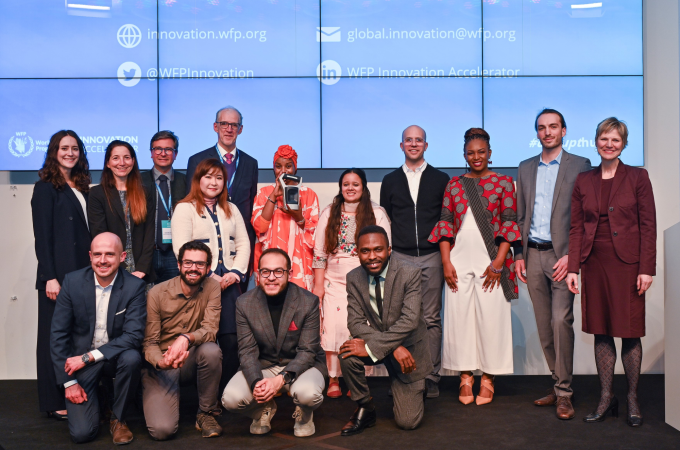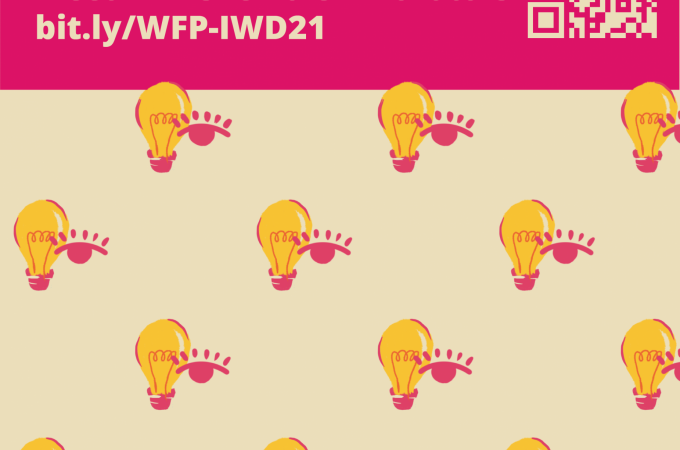Getting access to money - whether through loans, savings accounts or other financial services - is key to breaking the cycle of poverty. But in many low- and middle-income countries, smallholder farmers and micro-entrepreneurs face big obstacles. For example, they don’t have access to banks or financial services, or loan requirements are too strict.
Women face even more challenges, including:
- Cultural expectations that limit their financial independence;
- Little or no financial education;
- Few financial products designed for their needs.
Without access to finance, communities remain trapped in poverty and vulnerable to climate and economic shocks.



